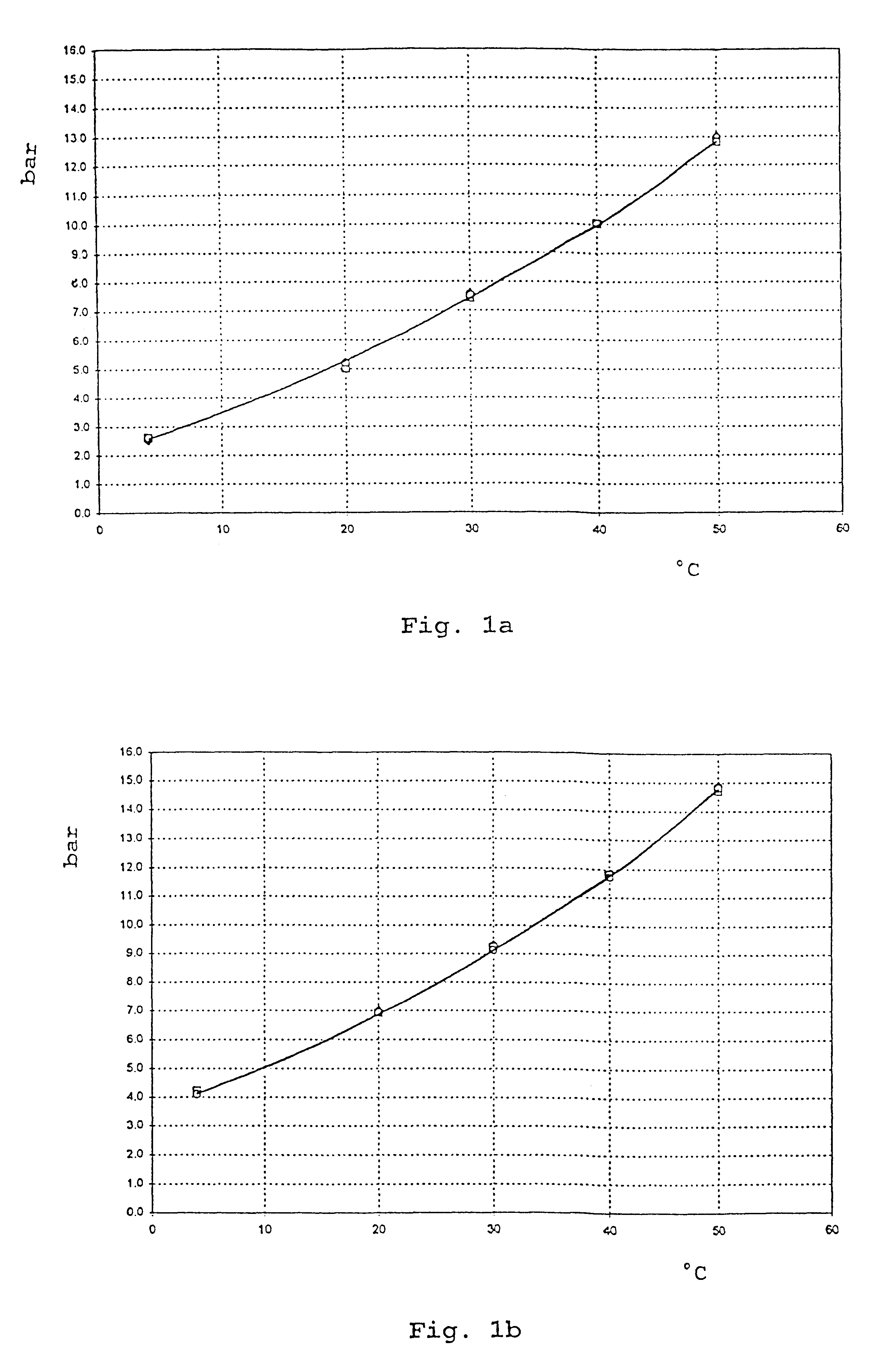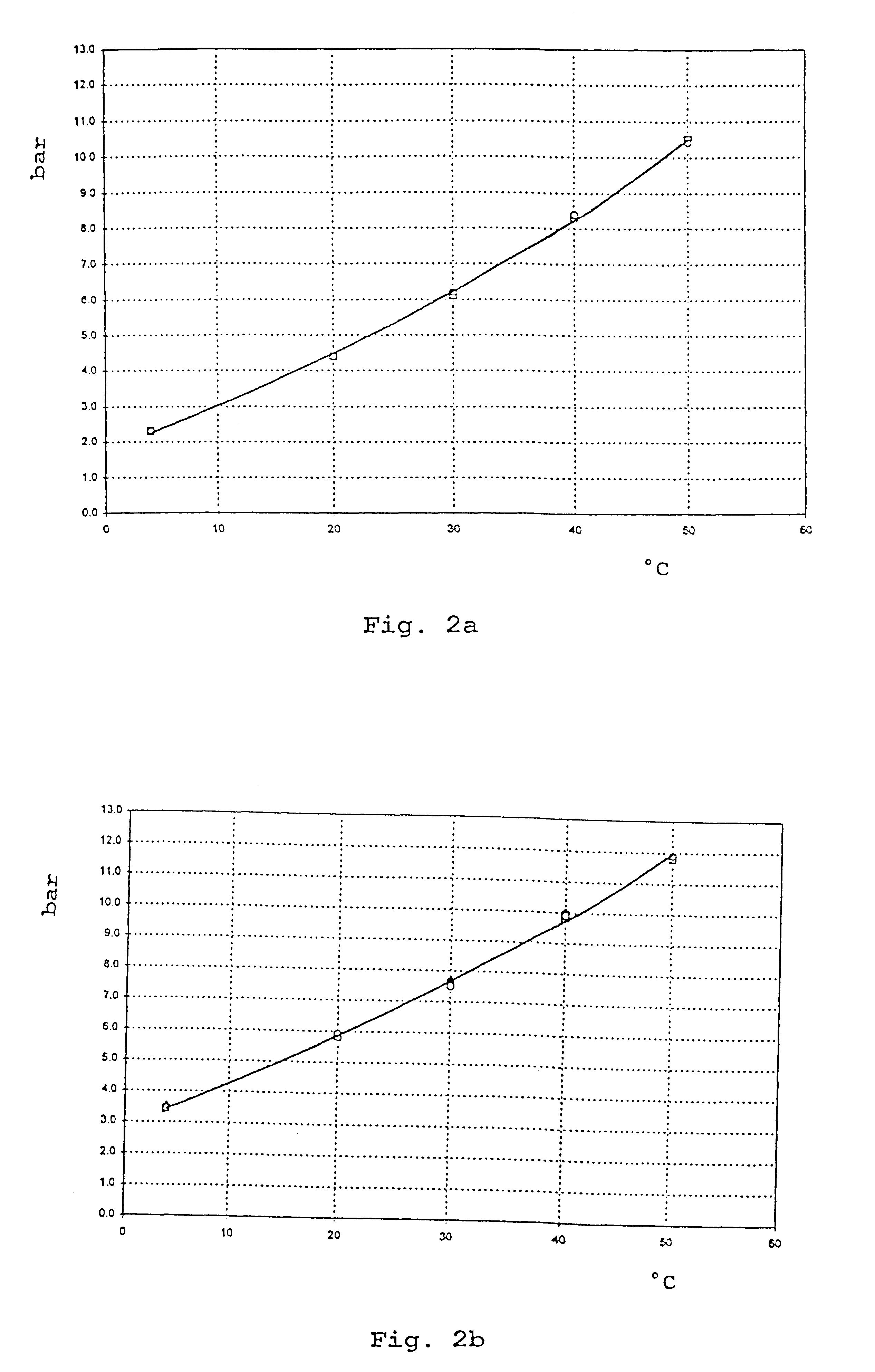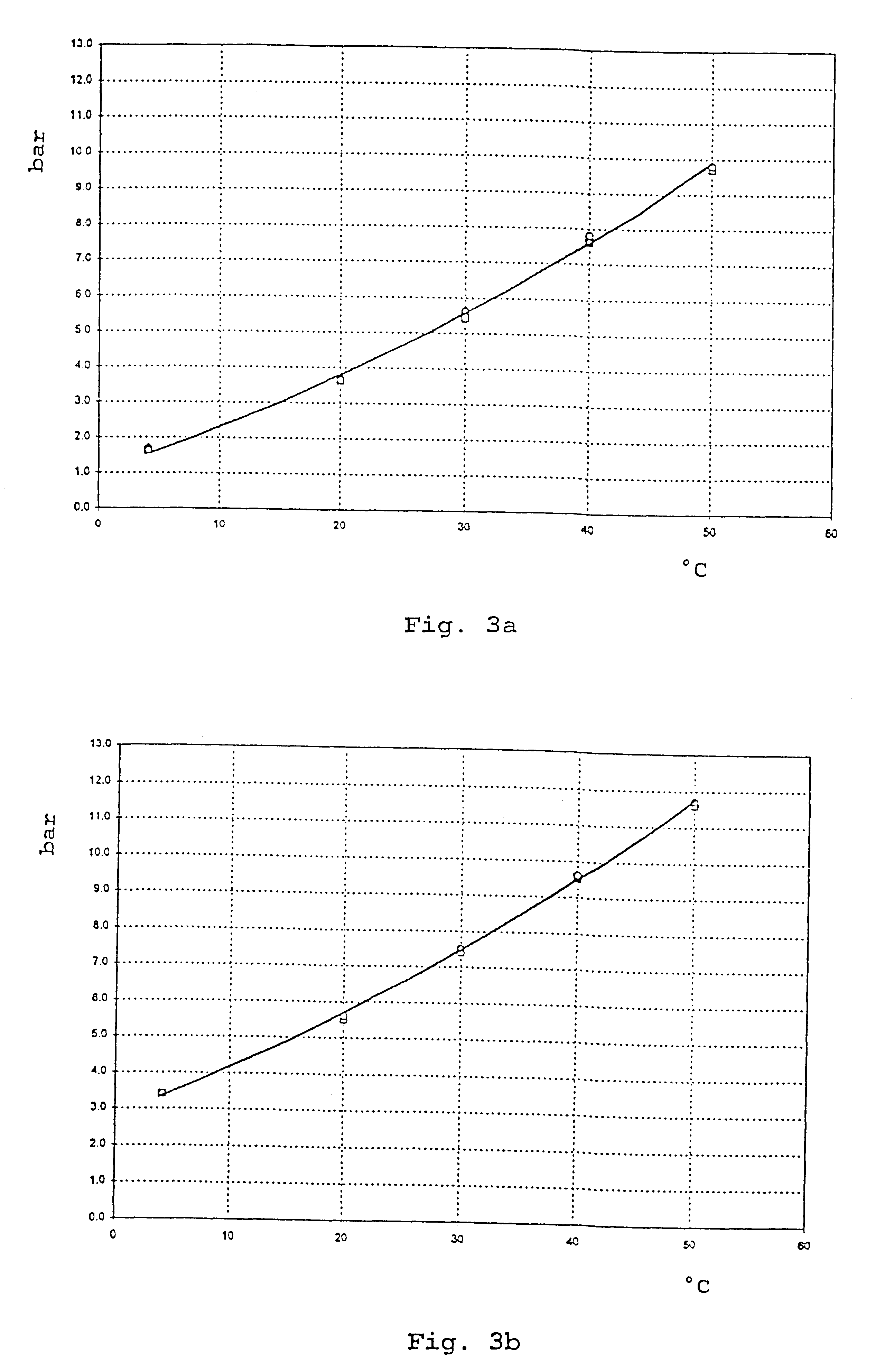Medical aerosol formulations
- Summary
- Abstract
- Description
- Claims
- Application Information
AI Technical Summary
Benefits of technology
Problems solved by technology
Method used
Image
Examples
example 2
2.25 g of micronized ipratropium bromide are weighed into a pressure addition vessel. After sealing and evacuation thereof, 10.5 kg of HFA 227 which has previously been aerated with CO.sub.2 and adjusted to a pressure of 6 bar (20.degree. C.) in another pressure addition vessel are added. After homogenization of this mixture, the suspension obtained is dispensed into aluminium containers sealed with metering valves by means of the pressure-filling technique.
example 3
2.25 g of micronized ipratropium bromide and 11.25 g of micronized salbutamol are weighed into a pressure addition vessel. After sealing and evacuation thereof, 10.5 kg of HFA 227 which has previously been aerated with CO.sub.2 and adjusted to a pressure of 6.25 bar (20.degree. C.) in another pressure addition vessel are added. After homogenization of this mixture, the suspension obtained is dispensed into aluminium containers sealed with metering valves by means of the pressure-filling technique.
example 4
2 g of fluticasone propionate and 0.02 g of .delta.-tocopherol are weighed into a pressure addition vessel. After sealing and evacuation of the addition vessel, 1.5 kg of HFA 134a which has previously been aerated with CO.sub.2 and adjusted to a pressure of 4.5 bar (20.degree. C.) in another pressure addition vessel are added with stirring. The suspension obtained is dispensed into aluminium containers sealed with metering valves by means of the pressure filling technique.
PUM
| Property | Measurement | Unit |
|---|---|---|
| Percent by mass | aaaaa | aaaaa |
| Percent by mass | aaaaa | aaaaa |
| Percent by mass | aaaaa | aaaaa |
Abstract
Description
Claims
Application Information
 Login to View More
Login to View More - R&D
- Intellectual Property
- Life Sciences
- Materials
- Tech Scout
- Unparalleled Data Quality
- Higher Quality Content
- 60% Fewer Hallucinations
Browse by: Latest US Patents, China's latest patents, Technical Efficacy Thesaurus, Application Domain, Technology Topic, Popular Technical Reports.
© 2025 PatSnap. All rights reserved.Legal|Privacy policy|Modern Slavery Act Transparency Statement|Sitemap|About US| Contact US: help@patsnap.com



